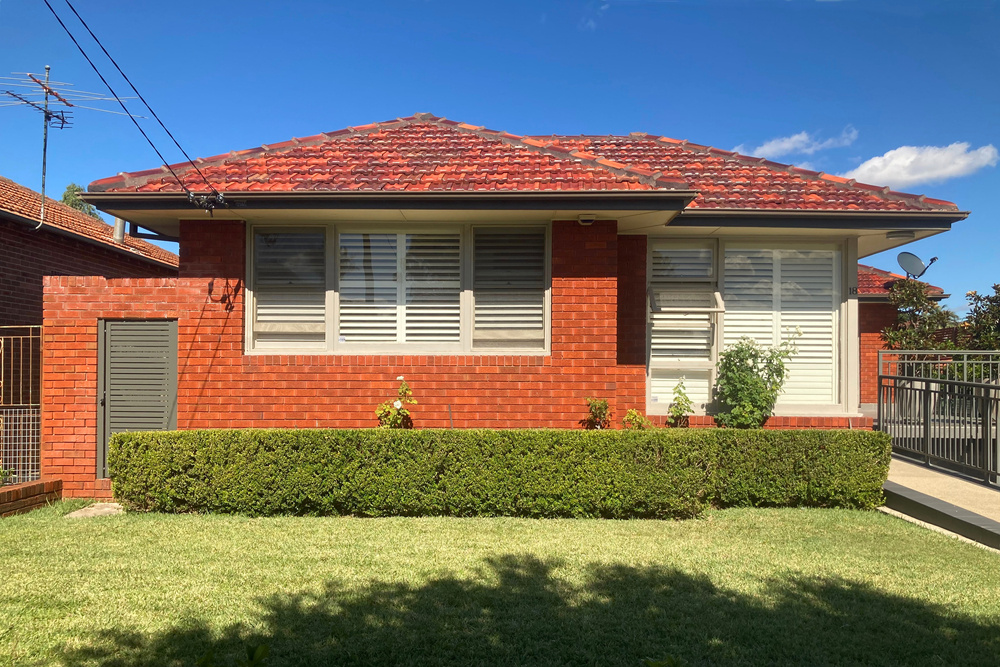
Jul
Top Causes of Roof Leaks in Heavy Rain
There’s nothing worse than hearing the drip of water during a downpour and realising your roof is leaking. It always seems to happen during the heaviest rain, too; never on a sunny day when it’s easy to take a look!
Whether you’re dealing with a persistent issue or a sudden surprise, understanding the common causes of roof leaks in heavy rain can help you act fast and avoid further damage to your home.
In this blog, we’ll walk you through the most likely culprits behind leaks, what to look for, and how to go about arranging roof leak repairs that last.
1. Blocked Gutters and Downpipes
One of the most common causes of roof leaks during heavy rain is a blocked gutter or downpipe. When leaves, dirt, and debris clog the system, water can’t flow freely, and that water needs to go somewhere. It often backs up under your roofing materials or overflows into your eaves, leading to internal leaks.
If your ceiling is stained after a storm, especially near the edges of the roof, this is a likely suspect. Regularly cleaning your gutters is a simple way to prevent your roof from leaking.
2. Cracked or Dislodged Tiles
Tile roof leaks in heavy rain are especially common in older homes. Over time, tiles can crack, shift, or become dislodged due to weather, foot traffic, or poor installation. Even a small gap can let water in when the rain is persistent and wind-driven.
During a storm, this water finds its way beneath the tiles and into the underlay, eventually seeping into the ceiling cavity. This can result in a leak that might not show up until days later. If your home has a tiled roof and you’re seeing water marks or drips, it’s time to call in someone who specialises in roof leak repairs in Brisbane.
3. Damaged Flashings
Flashings are the metal strips that seal the edges and joints around chimneys, skylights, roof valleys, and vents. If they are lifted, rusted, or cracked, then water has a clear path inside. Because these points are so critical to the roof’s waterproofing, a flashing failure is a major cause of roof leaks in heavy rain.
These leaks can be tricky to diagnose because they may appear far from the actual source. A professional who does roof repairs in Brisbane will know where to look and how to fix it properly.
4. Rusted or Loose Roof Sheets
Metal roof leaks in heavy rain often stem from rust or movement in the sheets. Over time, screws can loosen, panels may lift slightly in the wind, or corrosion can eat away at the protective coating. When it rains heavily, water gets through gaps you didn’t even know existed.
For example, you might see water coming in around the ceiling screws or hear dripping behind the walls. These are strong signs that your metal roof needs attention. A specialist in roof repairs will be able to secure and reseal the sheets, or recommend replacements where needed.
5. Poor Roof Design or Installation
Sometimes the issue isn’t wear and tear; it’s the roof design itself. If your roof doesn’t have enough pitch, or if valleys and joints weren’t installed correctly, water may pool or flow the wrong way during storms. This is particularly common in DIY or poorly done renovations.
If you’re facing ongoing issues after every rain event, a full inspection from a local expert in roof repairs in Brisbane is a good starting point.
6. Cracked Sealant
Roof vents, satellite dishes, and solar panel mounts can be vulnerable to leaks if not sealed properly. The sealant around them can crack due to age, UV exposure, or temperature changes. During a heavy rain event, even a small crack in the sealant can turn into a leak.
This type of issue is common in both tile and metal roofs, so no matter what type of roof you have, it’s worth checking these areas if you spot a leak.
7. Internal Plumbing Issues
Not all leaks that show up during a storm are roof-related. Sometimes, a leak in your ceiling is due to a burst pipe, overflowing drain, or poor flashing around a rooftop plumbing vent. Many homeowners wonder: “Do plumbers fix roof leaks?”
The answer is: sometimes, but it depends on the source of the leak. If the water is coming from internal plumbing, a licensed plumber is your go-to. But if the issue is external, a roofer who handles roof leak repairs in Brisbane is better equipped.
If you’re unsure, the best first step is to have a roof inspection. Most roofing companies can help identify the issue, and refer you to a plumber if necessary.
Don't Ignore the Leak
If you notice signs of a leak, don’t wait. Water damage can escalate quickly, leading to mould, electrical issues, and costly structural repairs. Temporary fixes like buckets or silicone sealant might get you through one storm, but they’re not long-term solutions.
Instead, contact a qualified local specialist in roof leak repairs in Brisbane. Whether your issue is with tile, metal, or Colorbond, getting the right repairs done early can save you time, money, and stress.
Final Thoughts
Heavy rain has a way of exposing roofing problems that have been brewing unnoticed for months. From blocked gutters to cracked tiles and lifted flashings, the key is knowing what to look for, and who to call.
Need reliable roof leak repairs in Brisbane? Talk to our expert team at Roo Roofing. We can repair, restore or replace your roof, so that your home is protected from the elements for seasons to come.



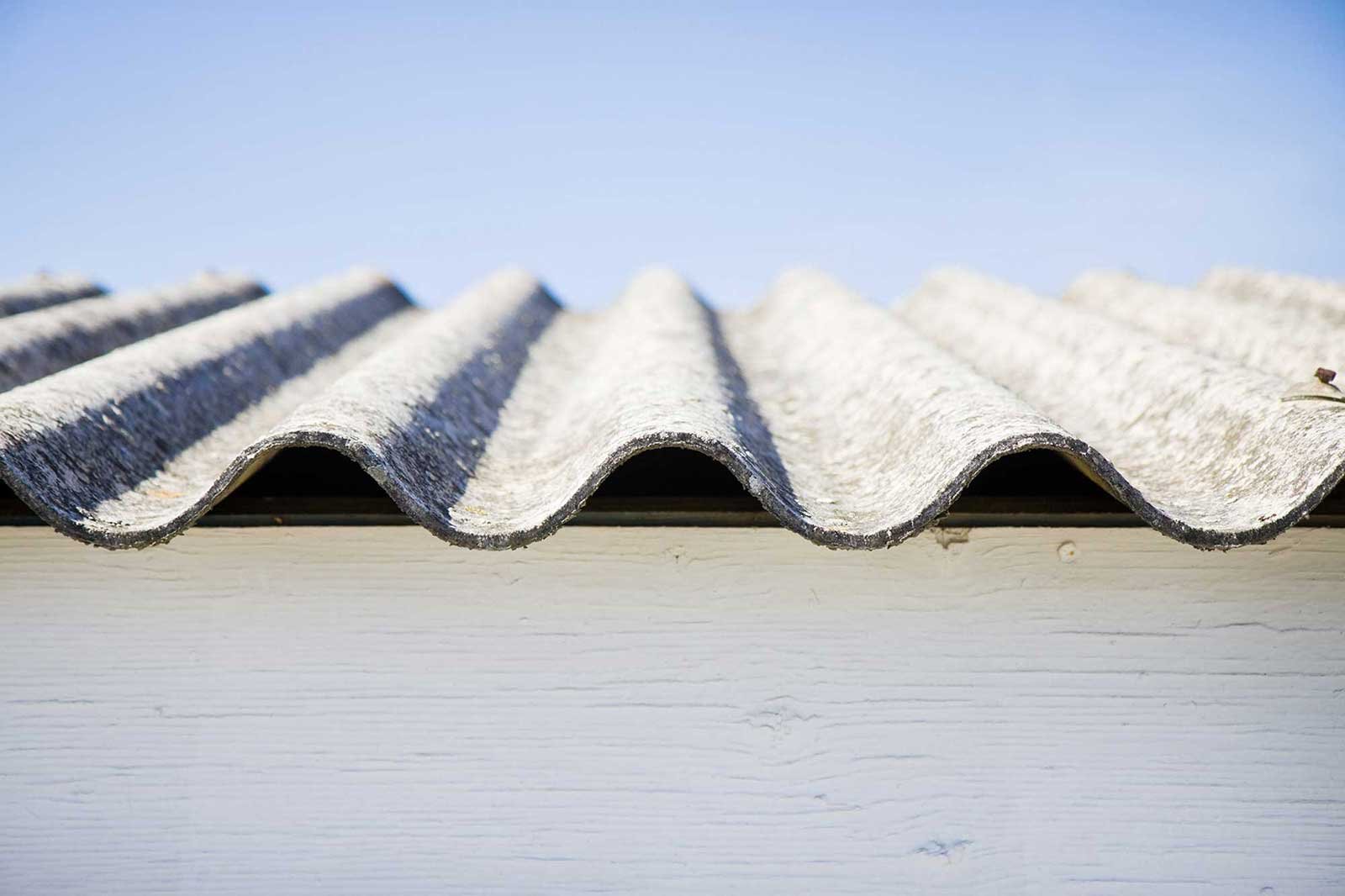





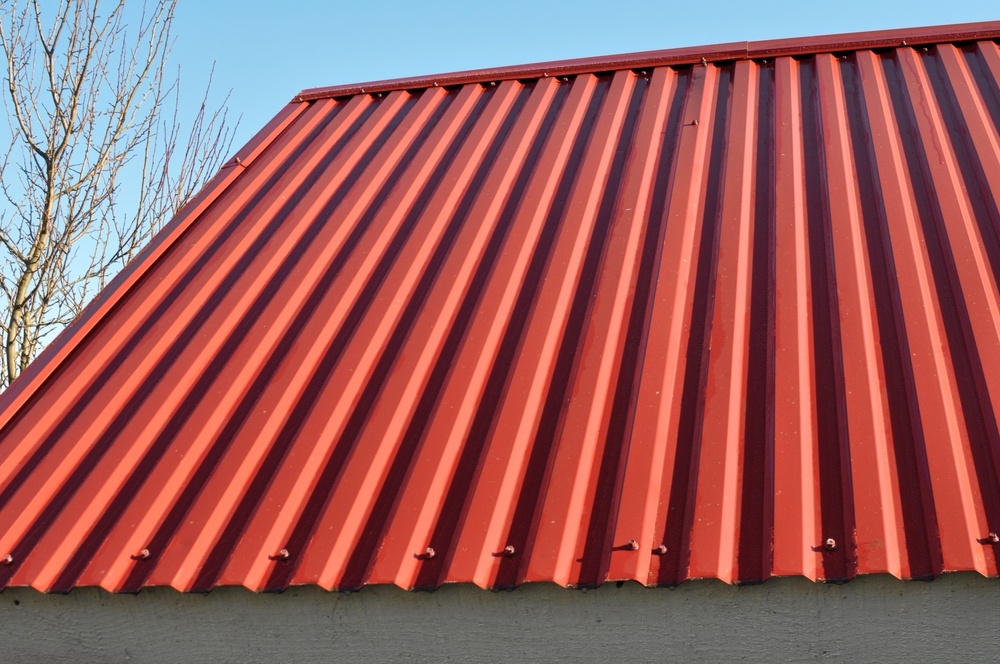
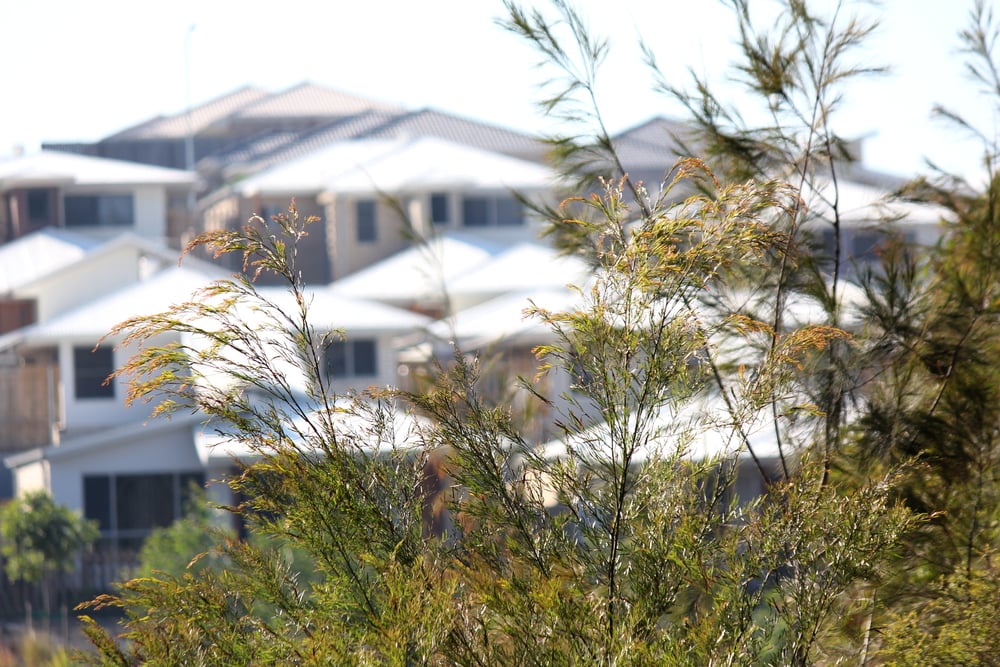

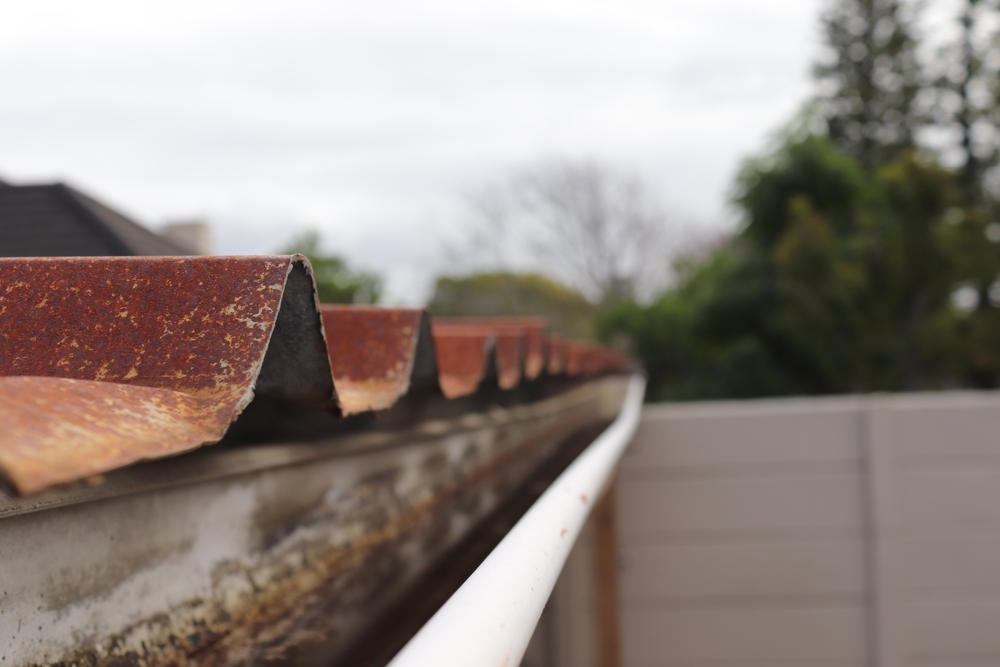
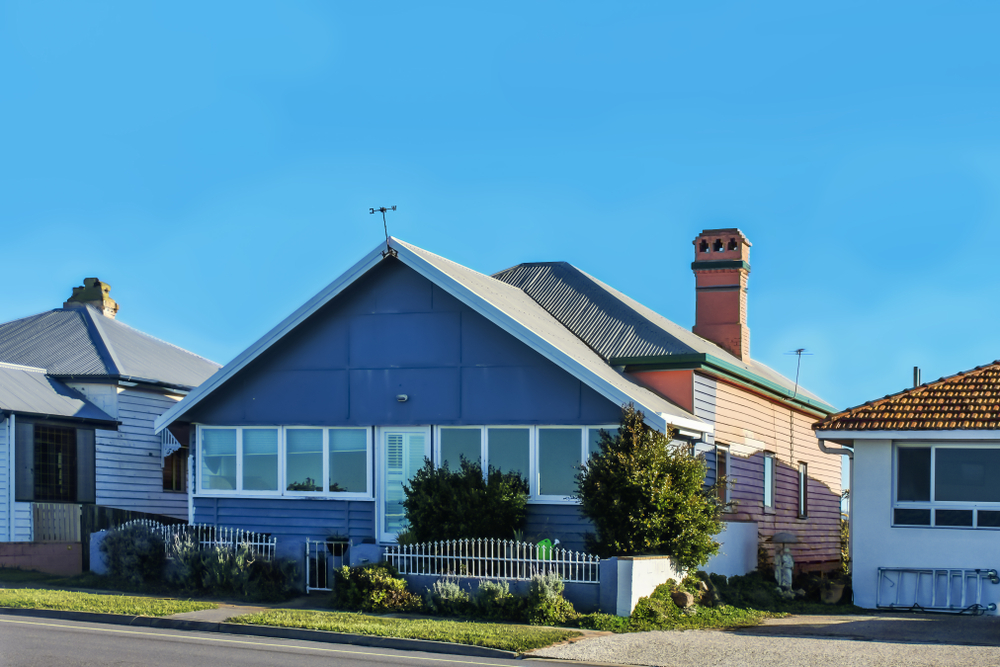
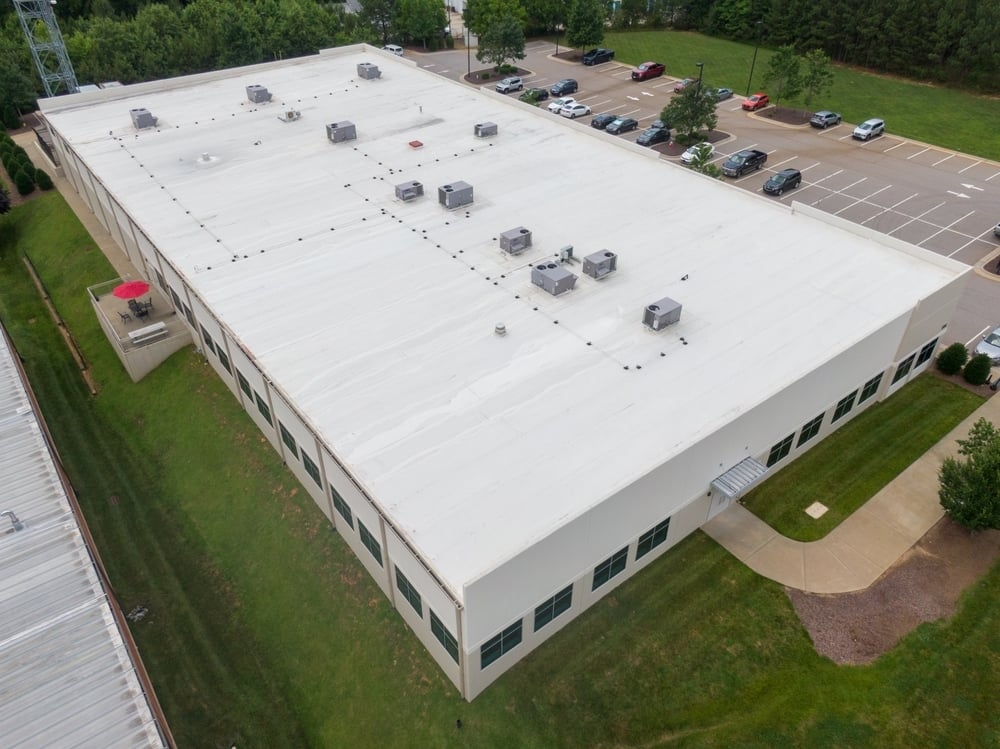
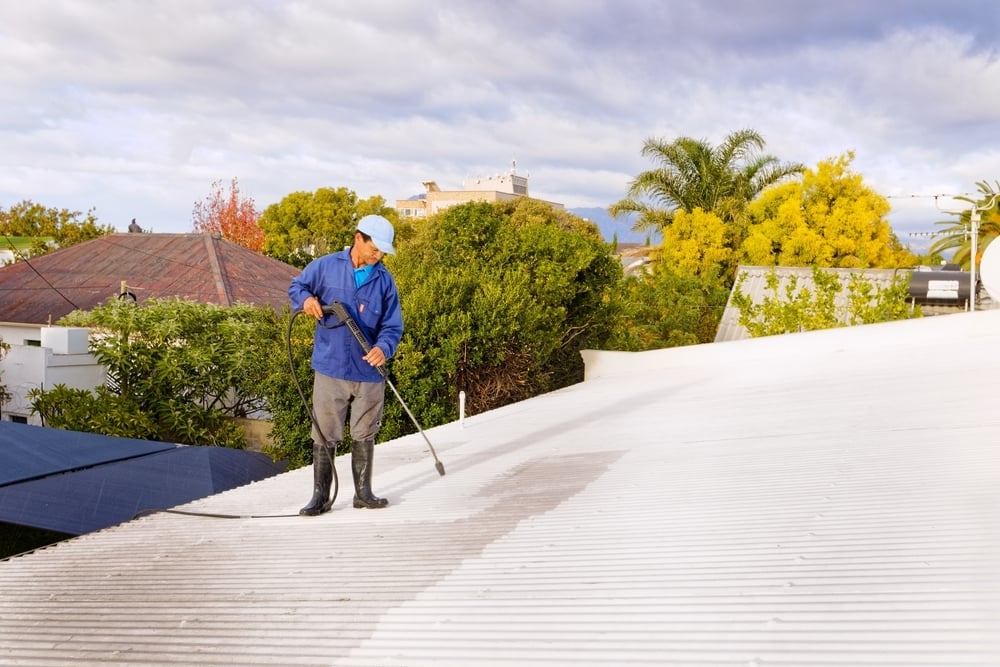
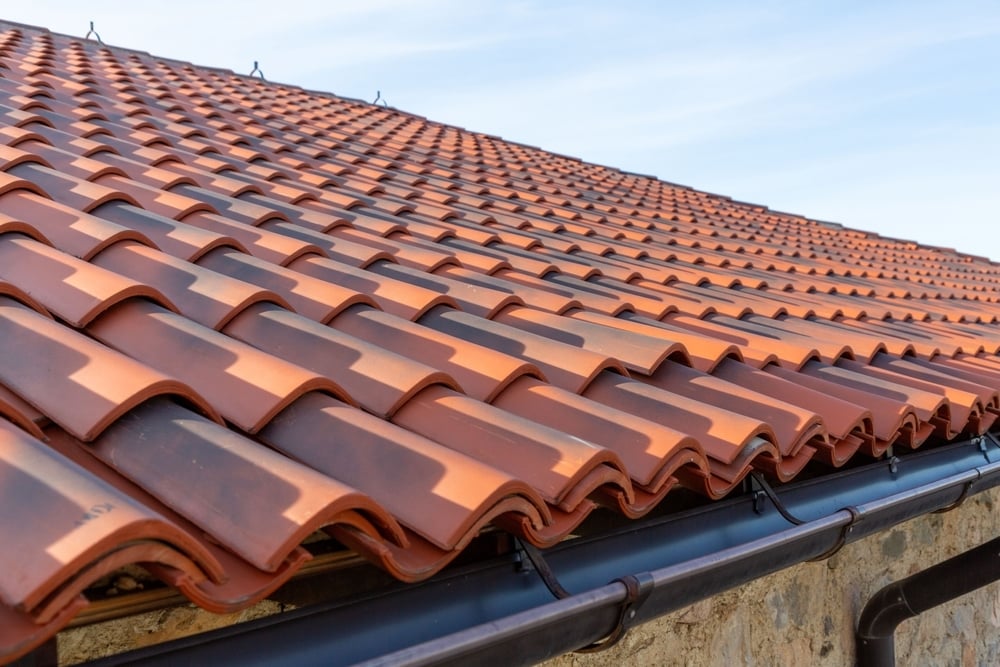
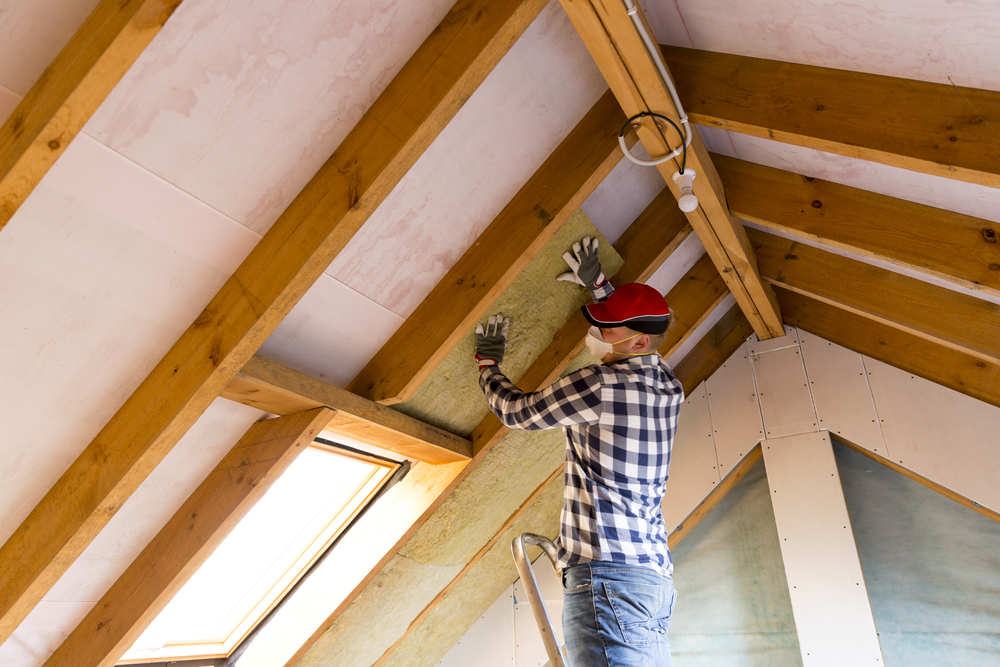
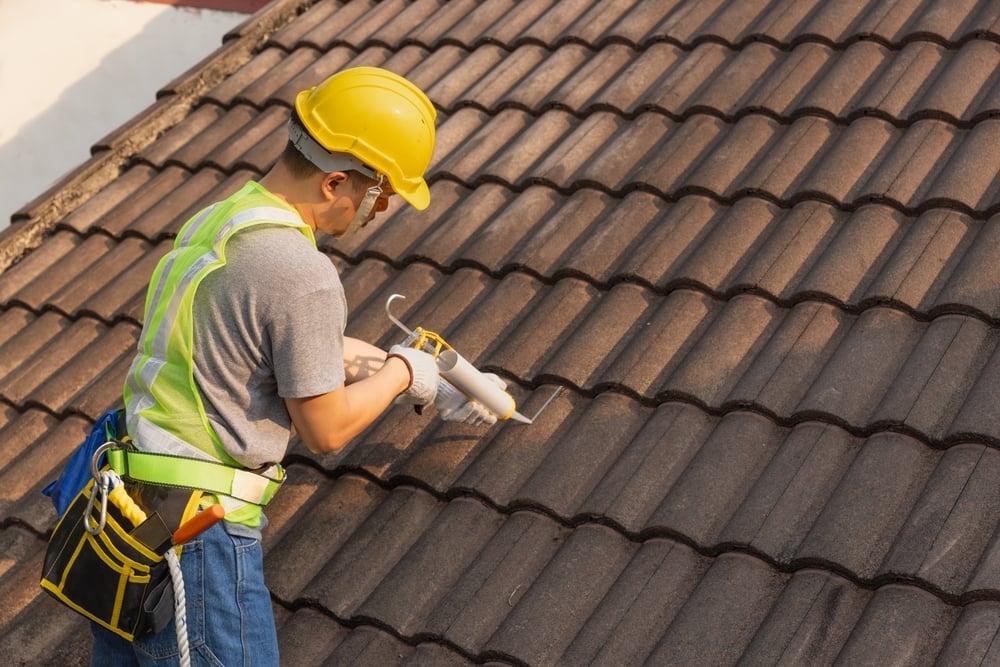
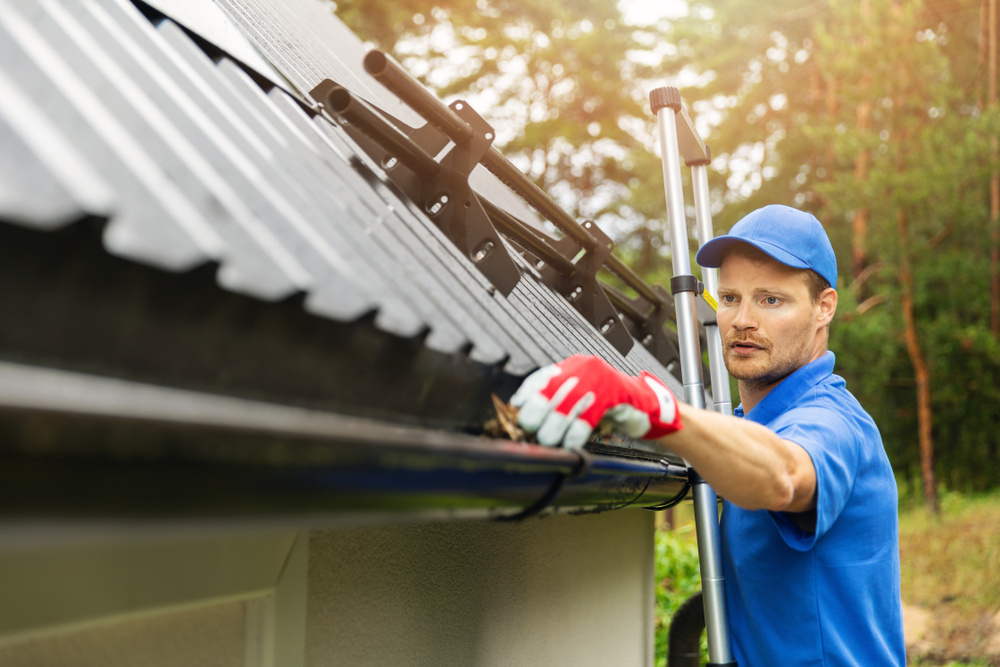
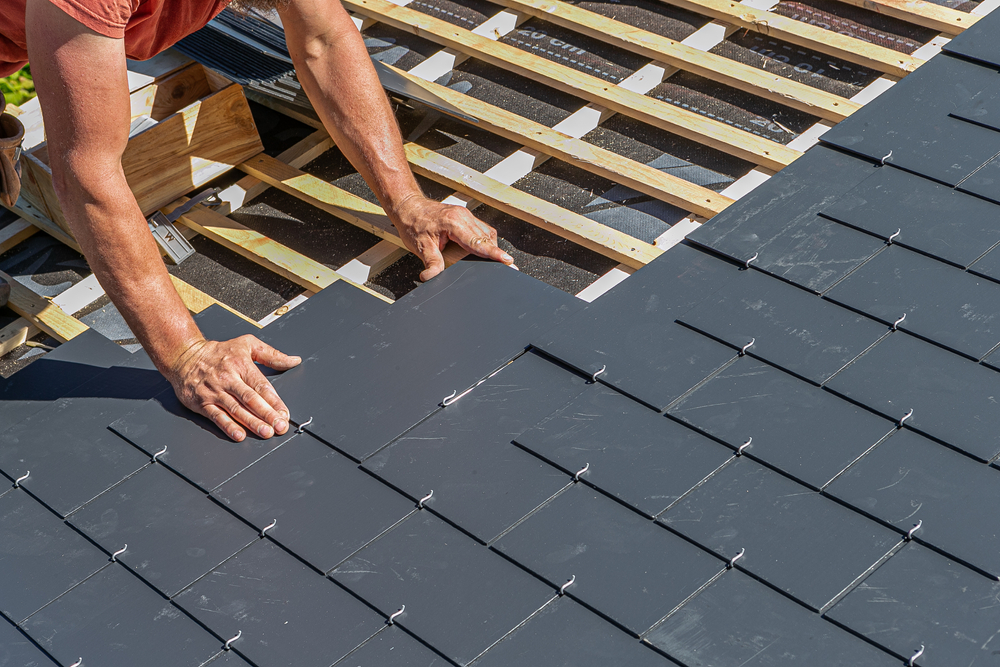
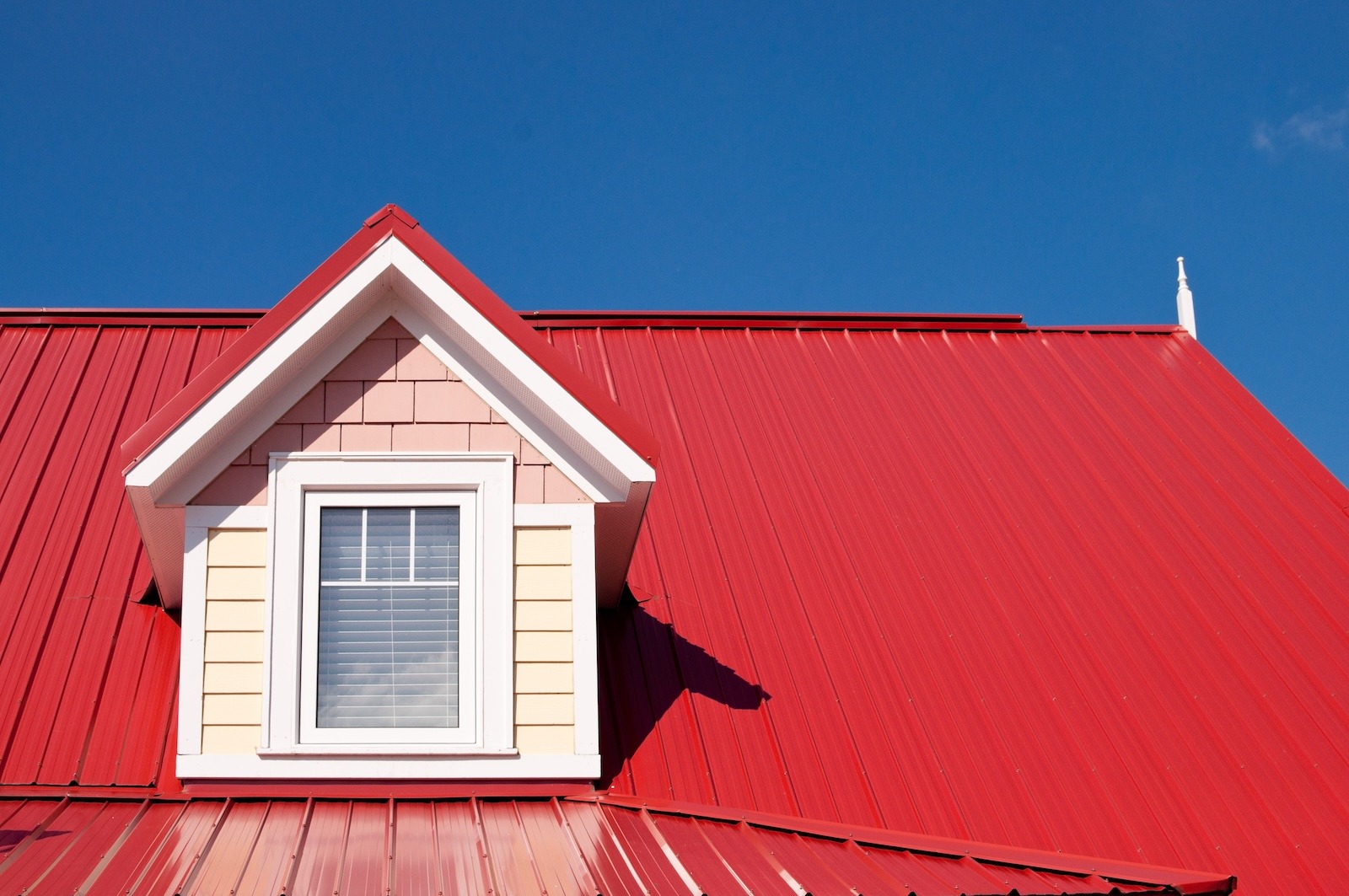
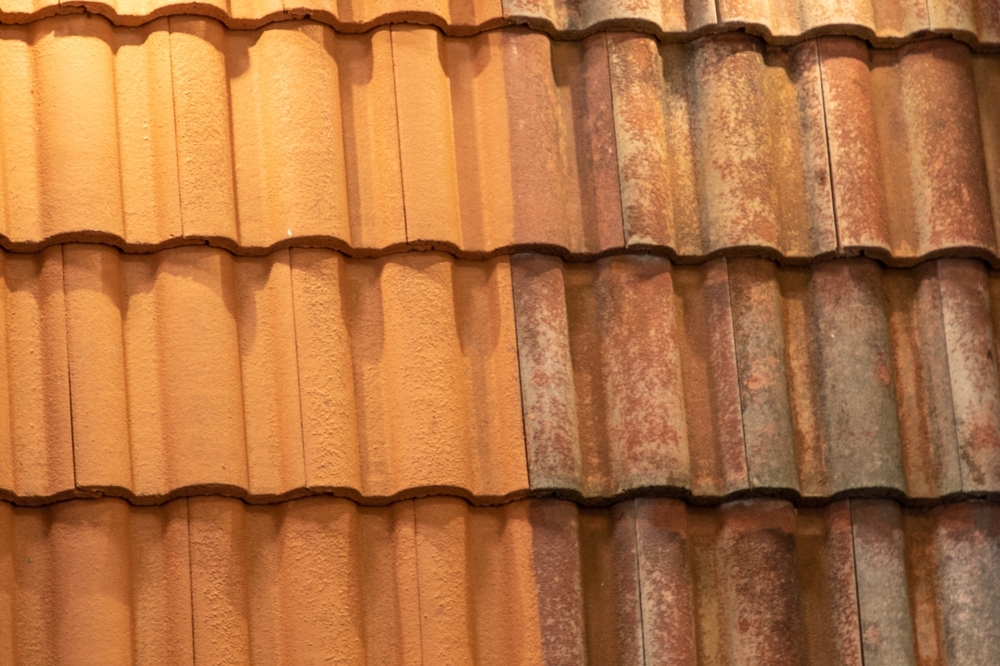
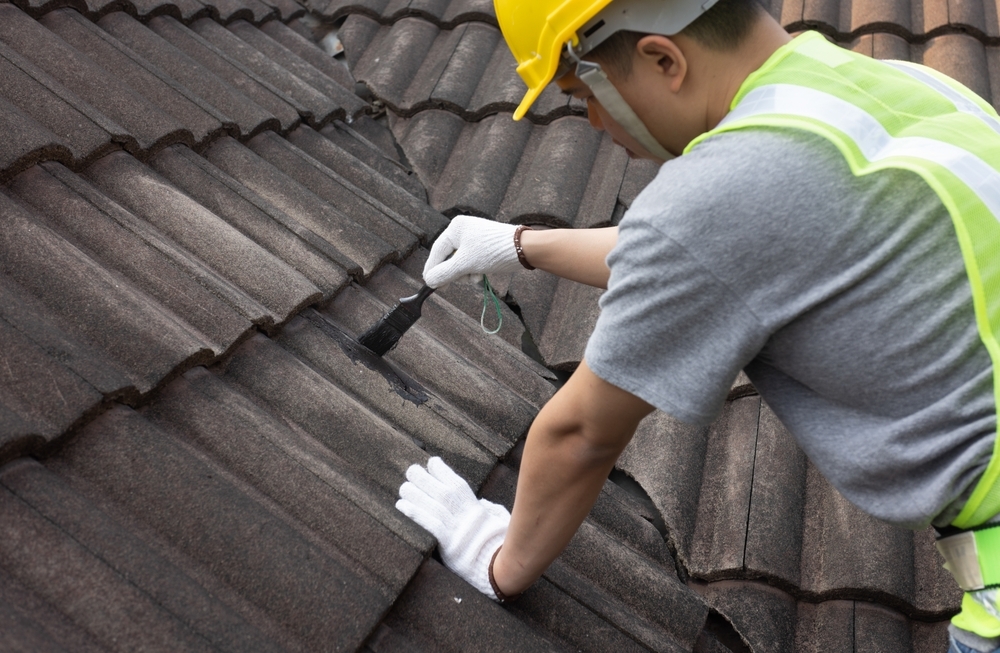
.jpg)
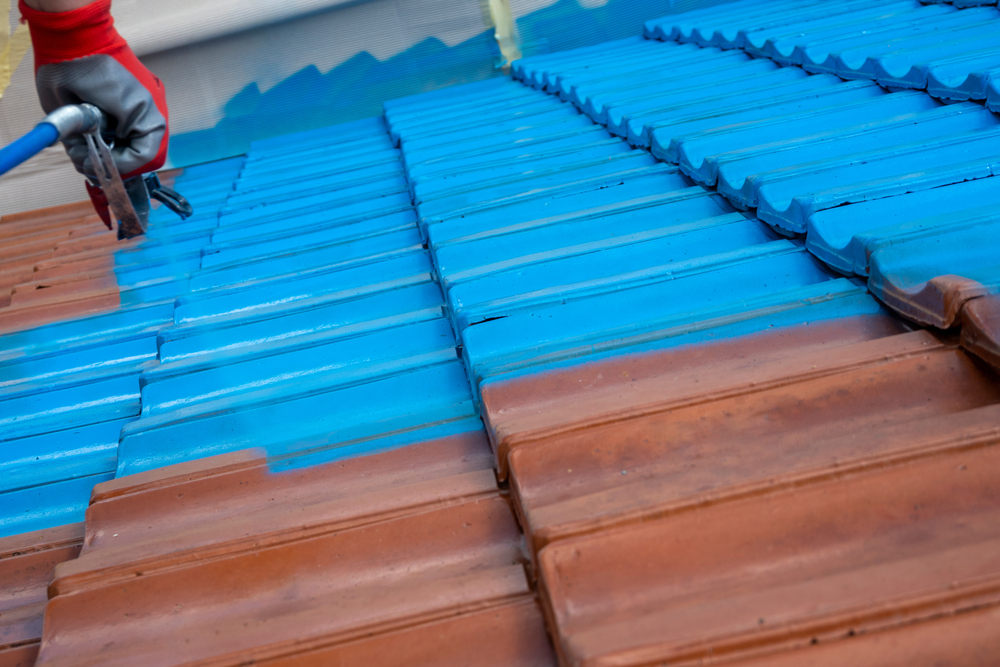
.jpg)
